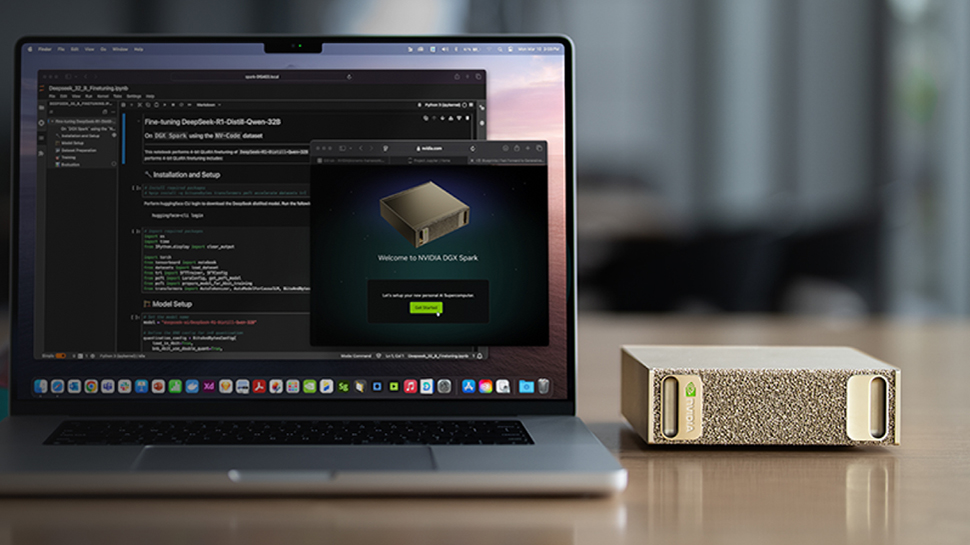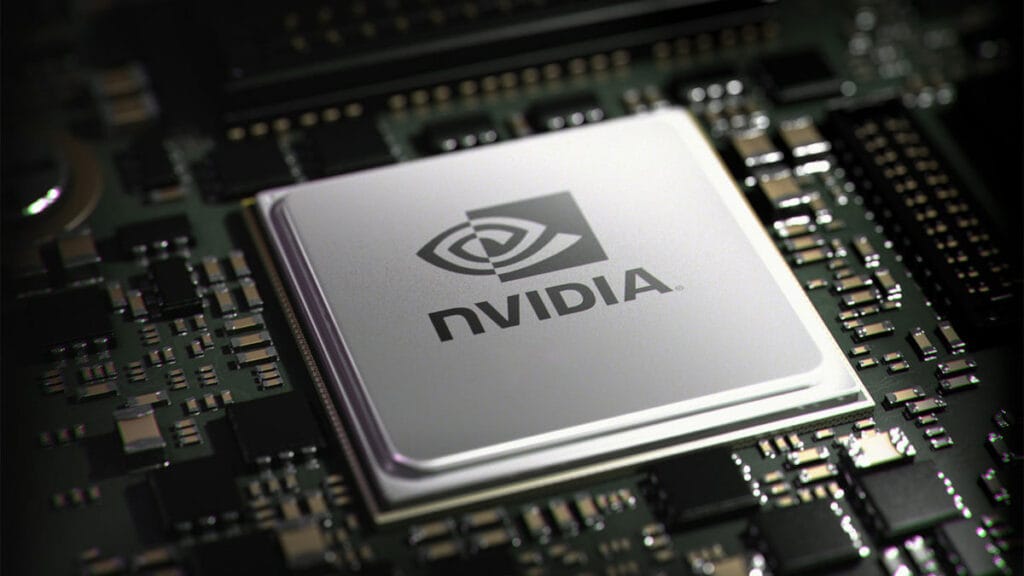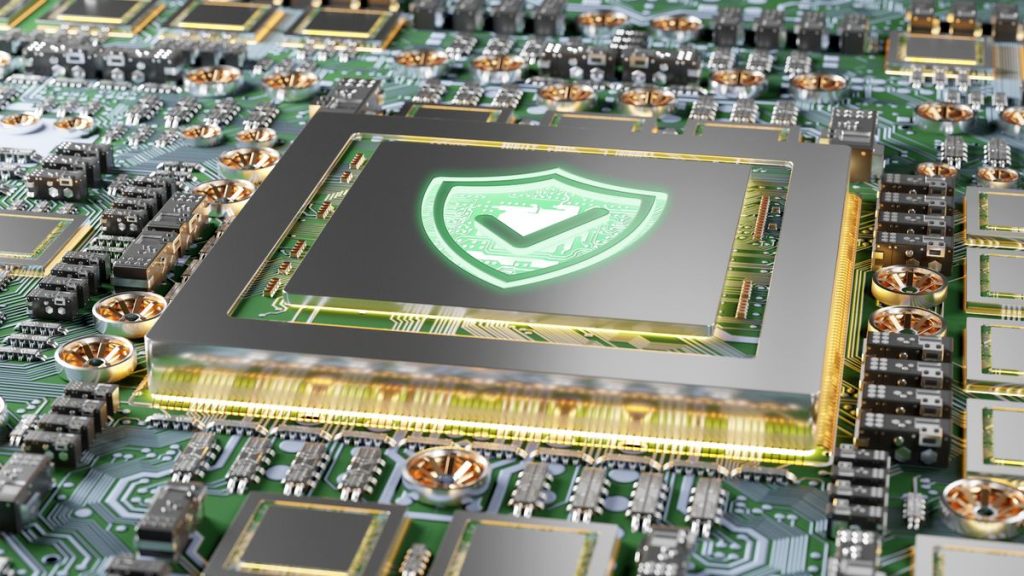- Nvidia’s N1X chip has been spotted in a Geekbench result
- The specs show the integrated GPU has 6,144 CUDA cores
- That equals the RTX 5070 for pure core count, but there’s much more to factor in when it comes to performance
Remember Nvidia’s rumored CPU that caused quite a buzz on the grapevine last year? We’ve apparently now seen this consumer chip in a benchmark leak, where the spilled spec details are the key aspect.
Tom’s Hardware reports that the N1X chip, which is Arm-based (like Qualcomm’s Snapdragon X CPUs), has been spotted in a Geekbench result, specifically for the OpenCL (graphics) test, where it scored 46,361.
That score is pretty much meaningless at this point. This is an early engineering sample of the N1X (in theory), and even then, if you want to gauge graphics performance, Geekbench is far from the first choice of synthetic benchmarks.
You may like
As noted, though, this gives us a tantalizing glimpse of the spec, which shows that (add salt now) the N1X will have 20 cores, apparently split into a pair of 10-core clusters. That’s the processor itself, but we also see the integrated GPU here, which is shown to have 48 Streaming Multiprocessors – that equates to 6,144 CUDA cores.
That sounds like a lot, right? Well, it is, and in fact, those familiar with Nvidia‘s graphics cards will realize that this is in the ballpark for a mid-range current-gen GPU – to be precise, the RTX 5070, which, in fact, has that exact core count.
Analysis: cautiously optimistic

(Image credit: Nvidia)
So, are we getting a compact consumer chip that could go in budget laptops or handhelds to deliver the same frame rates as the mighty RTX 5070? In a word, no, but the N1X still looks to be shaping up as a promising piece of silicon, and one that will have rivals sitting up and taking notice.
As to the reasons why performance can’t simply be drawn from the number of cores seen on the GPU here – it’s not a patch on the RTX 5070 in this benchmark, of course – there are other important factors at play aside from the basic core count.
{ window.reliablePageLoad.then(() => { var componentContainer = document.querySelector(“#slice-container-newsletterForm-articleInbodyContent-s8ntUKWk3vEPZDrA7p7mnj”); if (componentContainer) { var data = {“layout”:”inbodyContent”,”header”:”Get daily insight, inspiration and deals in your inbox”,”tagline”:”Sign up for breaking news, reviews, opinion, top tech deals, and more.”,”formFooterText”:”By submitting your information you agree to the Terms & Conditions and Privacy Policy and are aged 16 or over.”,”successMessage”:{“body”:”Thank you for signing up. You will receive a confirmation email shortly.”},”failureMessage”:”There was a problem. Please refresh the page and try again.”,”method”:”POST”,”inputs”:[{“type”:”hidden”,”name”:”NAME”},{“type”:”email”,”name”:”MAIL”,”placeholder”:”Your Email Address”,”required”:true},{“type”:”hidden”,”name”:”NEWSLETTER_CODE”,”value”:”XTR-D”},{“type”:”hidden”,”name”:”LANG”,”value”:”EN”},{“type”:”hidden”,”name”:”SOURCE”,”value”:”60″},{“type”:”hidden”,”name”:”COUNTRY”},{“type”:”checkbox”,”name”:”CONTACT_OTHER_BRANDS”,”label”:{“text”:”Contact me with news and offers from other Future brands”}},{“type”:”checkbox”,”name”:”CONTACT_PARTNERS”,”label”:{“text”:”Receive email from us on behalf of our trusted partners or sponsors”}},{“type”:”submit”,”value”:”Sign me up”,”required”:true}],”endpoint”:”https://newsletter-subscribe.futureplc.com/v2/submission/submit”,”analytics”:[{“analyticsType”:”widgetViewed”}],”ariaLabels”:{}}; var triggerHydrate = function() { window.sliceComponents.newsletterForm.hydrate(data, componentContainer); } if (window.lazyObserveElement) { window.lazyObserveElement(componentContainer, triggerHydrate); } else { triggerHydrate(); } } }).catch(err => console.error(‘%c FTE ‘,’background: #9306F9; color: #ffffff’,’Hydration Script has failed for newsletterForm-articleInbodyContent-s8ntUKWk3vEPZDrA7p7mnj Slice’, err)); }).catch(err => console.error(‘%c FTE ‘,’background: #9306F9; color: #ffffff’,’Externals script failed to load’, err)); ]]>
Sign up for breaking news, reviews, opinion, top tech deals, and more.
That includes the clock speed and the power supplied to the GPU, which is a very different scenario with integrated graphics in a chip like this versus a full-on graphics card in a desktop PC. As well as considering the power envelope, throw in bandwidth limitations too – in terms of piping tasks over to the system memory, with no on-board VRAM of course – and the upshot is a good deal of headwinds.
That won’t stop the N1X from being a potentially sterling performer for an all-in-one chip, but there’s not much point trying to guess at the exact level of graphics performance that it might provide at this stage. (Certainly not from the leaked benchmark here, as already noted).
Tom’s makes an interesting observation, which is that the leaked specs match Nvidia’s GB10 ‘superchip’ built for powerful AI performance and ushering in the era of the tiny AI supercomputer (pictured above). There’s no reason why Nvidia couldn’t put out another spin on this for consumer-targeted devices, including mini PCs and laptops, and indeed, gamers are getting particularly excited about the possible use in handhelds.
For now, though, this is still very much in rumor territory. If previous speculation is to be believed, we might see Nvidia’s consumer CPU revealed later this year, ahead of a launch in early 2026.




